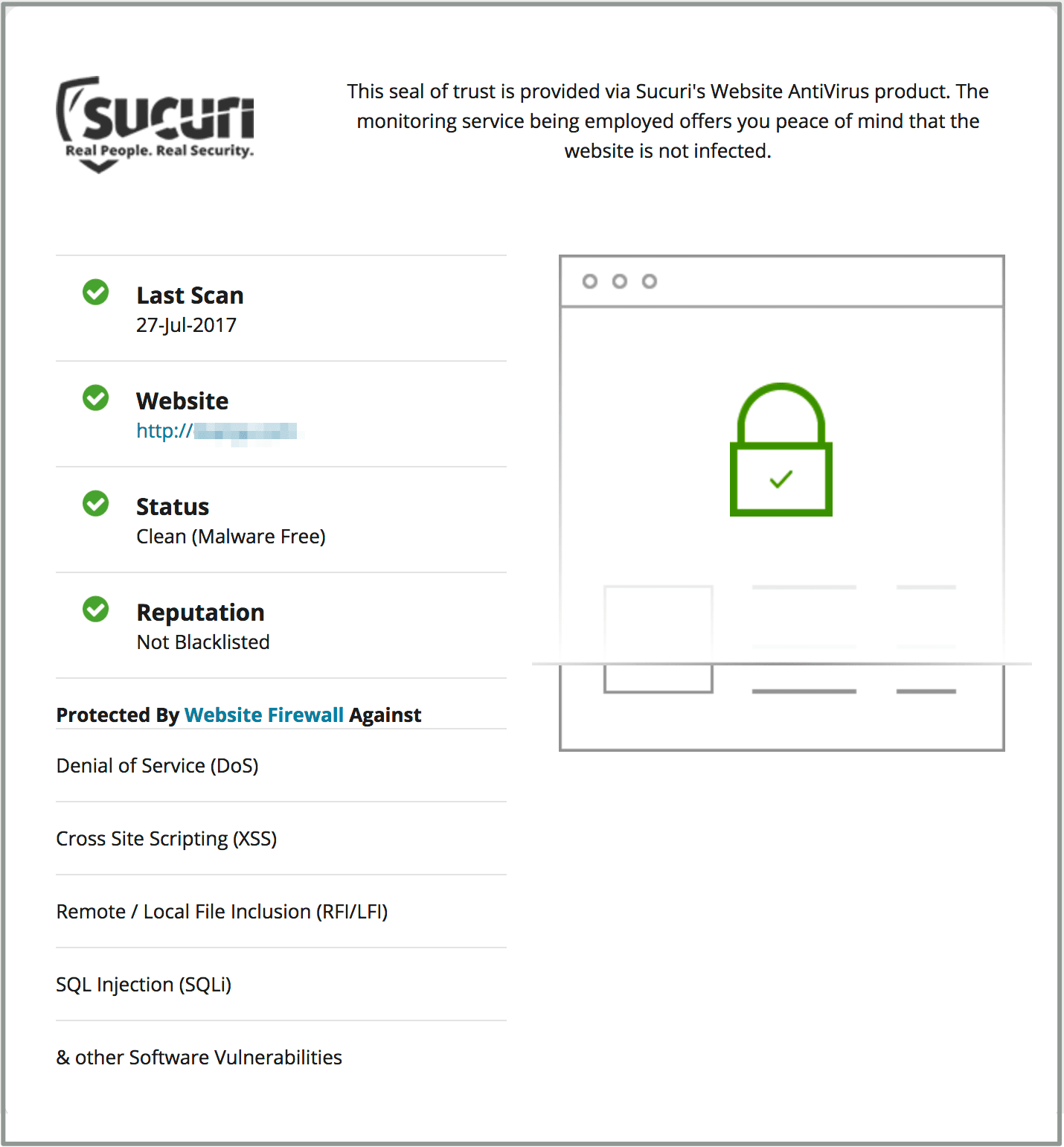
You can use the apachelog level command to send errors to another program. There are three levels: warning, critical and debug. Each level has its advantages and disadvantages. The situation will dictate which level to choose. For example, if you are experiencing a server failure, you can set a high log level. Normal usage can be set to a low level.
Log level modifications
The Apache log level can be changed to increase or decrease the severity of log messages. Warning is the default level. The other two levels of warning are crit or emerg. Warning logs are only generated when the system is operating normally. However, they can become problematic over time. Changes to the log level can help you debug and troubleshoot your server.
Apache web servers can change the log level to affect all logs. This will increase your log file size, and make the web server work harder. You can increase the log level for trace if you require more detailed logs.
Messages logged
Apache can be used to analyze error messages on a server. The log contains information about the error type, time and severity. It also includes information about your web browser and client's operating system.

Log files are created by Apache servers that store information provided by clients. You can access these log files using a simple text editor such as tail and cat, which are command line tools on Linux.
Log messages at debug level
The debug logs information about warnings and errors that are encountered in the application. These messages are useful for debugging and testing purposes. Filtering the messages can be done by choosing the appropriate level. This allows you to get more information without losing any details. You can use the DEBUG level or TRACE level to access more details if you are working on a particular subsystem. However, in a production environment, you should use the INFO level.
A message logged with this level doesn't necessarily mean that the application is aborting. It may indicate that an essential part of the application has stopped working. Sometimes, the application might fail to access a file. Most applications will run as normal without an error message.
Messages logged with FATAL level
A message with FATAL status indicates a serious error. This could be a corruption of a database, major problem or complete application failure. These errors must be rectified immediately to avoid financial and data loss. This doesn't necessarily mean that programs have failed. These events will not stop most applications from running.
In decreasing order of severity, these severity levels appear. If the error message contains the word FATAL, it will cause the program to terminate and log the error. If the error is more minor, the log message will be recorded in lower severity logs. If the error message is below a DFATAL level it will be logged in debug mode rather than production. This prevents the program from being stopped in a live environment.

TransferLog level logging messages
There are three levels or log messages: "emerg", (unusable), and "alert" or "crit". A "emerg" message is a warning that the system isn't working properly and should be addressed immediately. A "warn" message is informational and should not be discarded, but should be reported for further investigation. Informational messages, such as "Info", are useful in troubleshooting. More detailed information can be found in "debug," messages.
Apache also keeps track of the status and connection status for HTTP requests. The HTTP status code helps to determine the website's speed. A 404 response, for example, includes Referer information.
FAQ
What is a static website?
You can host a static website anywhere you like Amazon S3, Google Cloud Storage and Windows Azure Blob storage. Rackspace Cloud Files, Rackspace Cloud Files. Dreamhost, Media Temple. You can also deploy static sites to any platform that uses PHP, such WordPress, Drupal Joomla! Magento PrestaShop.
Static websites are typically easier to maintain, as they don’t have to constantly send requests between servers. They load quicker because they don't need to send requests back and forth between servers. Smaller companies with limited resources and the time required to manage websites properly will find static web pages more beneficial.
What Should I Add to My Portfolio?
These things should make up your portfolio.
-
Some examples of your past work.
-
If possible, links to your site
-
Links to your blog.
-
Links to social media pages.
-
These links will take you to the online portfolios of designers.
-
Any awards you have been given.
-
References.
-
Samples of your work.
-
These are links showing you how to communicate effectively with clients.
-
Here are some links to show that you're eager to learn new technologies.
-
These are links that show your flexibility
-
Links showing your personality.
-
Videos showing your skills.
WordPress: Is it a CMS or not?
Yes. It's called a Content Management System. CMS allows you to manage the content of your website from within a web browser, instead of using applications like Dreamweaver and Frontpage.
WordPress is absolutely free! Hosting, which is usually provided by your ISP, is free.
WordPress was originally designed to be a blogging platform. However, WordPress now offers many options including eCommerce sites and forums, membership websites, portfolios and portfolios.
WordPress is very easy to set up and install. The installation file must be downloaded from the website and uploaded to your server. Then, you simply visit your domain name through your web browser and log in to your new site.
After installing WordPress, it's necessary to register for a username. After logging in, you will see a dashboard that allows you to access all your settings.
From here, you can add pages, posts, images, links, menus, widgets, and plugins. This step may be skipped if you feel confident editing and creating content.
But if you'd rather work with someone, you can hire a professional website designer to handle everything.
Can I create my own website with HTML & CSS?
Yes, you can! Basic knowledge of web design and programming languages such as HTML (Hyper Text Markup Language), and CSS (Cascading Stil Sheets) is required. These two languages allow you to create websites that can then be viewed by anyone who has access to your internet connection.
How much does it take to build a website.
The answer depends on what you are trying to achieve with your website. Google Sites, for example, might not be necessary if you are merely looking to share information about your business or yourself.
However, if visitors are serious about coming to your site, they will be willing to pay more.
A Content Management System (like WordPress) is the best solution. These programs make it easy to create websites without any programming knowledge. And because third-party companies host these sites, you won't need to worry about getting hacked.
Squarespace is another service that can be used to build websites. They offer a variety of plans ranging from $5 per month to $100 per month, depending on what you want to include on your site.
What is responsive web design?
Responsive Web Design (RWD), is an approach to designing responsive websites. Content will display correctly on all devices, such as smartphones, tablets, laptops, tablets, and desktop computers. This allows visitors to view the website on one device and access other features like buttons, navigation menus, etc. RWD aims to ensure that every user who views a site is able to view it on any screen size.
You would, for example, want to make sure that a customer can view your website even on a mobile device.
A responsive website will adapt its layout to suit the device it is being viewed on. A website that is viewed on your laptop will display the same way as a desktop website. It will be different if the page is viewed from your phone.
This allows you create a website that looks great on any device.
Statistics
- The average website user will read about 20% of the text on any given page, so it's crucial to entice them with an appropriate vibe. (websitebuilderexpert.com)
- Did you know videos can boost organic search traffic to your website by 157%? (wix.com)
- It enables you to sell your music directly on your website and keep 100% of the profits. (wix.com)
- Studies show that 77% of satisfied customers will recommend your business or service to a friend after having a positive experience. (wix.com)
- When choosing your website color scheme, a general rule is to limit yourself to three shades: one primary color (60% of the mix), one secondary color (30%), and one accent color (10%). (wix.com)
External Links
How To
What is website hosting?
Website hosting is the location where people go when they visit websites. There are two types:
-
The cheapest option is shared hosting. Your website files will reside on a server belonging to someone else. Customers visit your website and send their requests over the Internet to this server. The server owner then forwards the request to you.
-
Dedicated hosting is the most expensive option. Your website is hosted entirely on one server. No other websites share space on the server, so your traffic stays private.
Because it is less expensive than dedicated hosting, shared hosting is preferred by many businesses. With shared hosting, the company that owns the server provides the resources needed to run your website.
Both options have their pros and cons. These are the key differences between them.
Sharing Hosting Pros
-
Lower Cost
-
Simple to Setup
-
Frequent Updates
-
It can be found at many web hosting providers
Shared hosting is often as cheap as $10 per month. This price often includes bandwidth. Bandwidth refers to the amount of data you can transfer across the Internet. Even if only you upload photos to your blog or website, high-volume data transfers may incur additional charges.
You'll soon realize why your old host cost so much once you get started. Most shared hosts have very poor customer support. Although they will help you set up your site occasionally, you are on your own once you have done that.
A provider with 24-hour telephone support is a good choice. They will attend to any issues you have while you sleep.
Cons of dedicated hosting
-
More Expensive
-
Less common
-
Specific Skills Required
With dedicated hosting, you get everything you need to run your website. You won’t need to worry whether you have enough bandwidth or enough RAM (random address memory).
This means that you will have to pay a little more upfront. You'll soon realize that your business is self-sufficient once it's online. You'll be able to manage your servers effectively.
Which Is Better For My Business:
The answer will depend on the type and purpose of your website. If you only want to sell products, then shared hosting might be the best choice. It's easy to set up and maintain. And since you're sharing a server with many other sites, you'll likely receive frequent updates.
If you are looking to create a community around your brand, dedicated hosting is the best option. Instead of worrying about traffic, you can concentrate on building your brand.
Bluehost.com is a web host that offers both. They offer unlimited data transfers per month, 24/7 support and free domain registration.